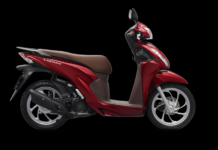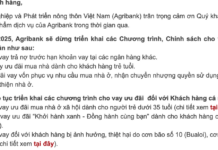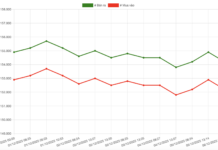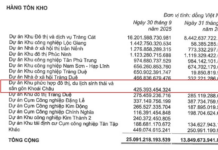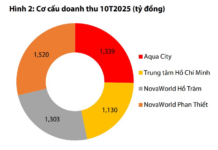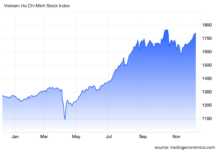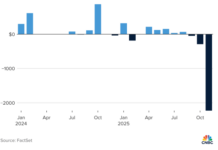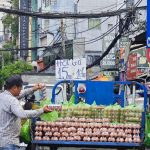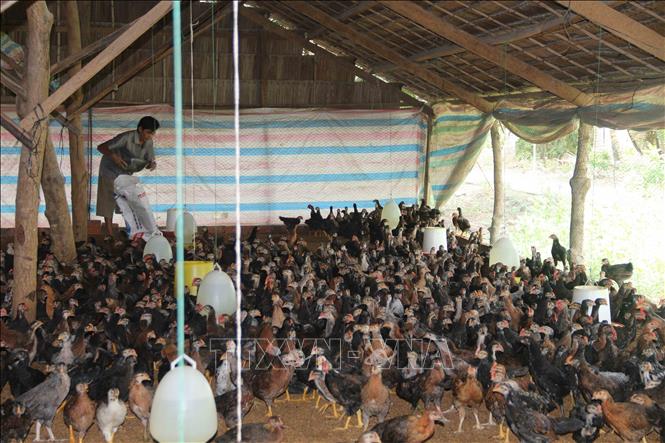
Tra Vinh farmers are successfully adopting a free-range chicken farming model that utilizes bio-bedding. Image: Thanh Hoa/ VNA
Ms. Ngo Thi Hue, a family-scale poultry farmer in Hoa Thuan commune, Chau Thanh district, shared that free-range chickens with an average weight of 1.3 kg per bird are currently being purchased by traders at VND 65,000-68,000/kg. At this price, chicken farmers are making a decent profit of VND 20,000 per kg of live weight. As for white super-meat ducks, they are selling for VND 45,000-48,000/kg, leaving a profit margin of VND 5,000 per kg for farmers.
Mr. Vo Thanh Khoa, a large-scale chicken farmer in Binh Phu commune, Cang Long district, explained that on average, it costs around VND 40,000 per kg of live weight to raise free-range chickens for 3.5 months. With the current market prices, farmers are enjoying good profits after deducting the costs of feed, veterinary medicine, and mortality rates. From Mr. Khoa’s experience, small-scale farmers should focus on adopting biosecurity measures, ensuring proper vaccination, and limiting themselves to only three batches of chickens per year to mitigate the risks of disease outbreaks and market gluts.
According to Mr. Le Van Dong, Deputy Director of the Tra Vinh Department of Agriculture and Rural Development, the province aims to develop large-scale farming for four key livestock species in 2024: cattle, pigs, goats, and poultry. The focus is on supporting farm models and fostering linkages with businesses to ensure advantages from input to output. The province plans to raise approximately 7.8 million poultry, over 258,000 cattle, more than 290,000 pigs, and 23,000 goats. The total meat supply for the market is expected to reach about 92,000 tons.
To support safe and profitable livestock farming for farmers, the agricultural sector is promoting the use of high-quality breeds. Technical officers from the department are guiding farmers to implement synchronous measures to prevent and control diseases, build safe farms, and apply safe farming practices. These efforts aim to minimize risks and ensure sustainable livestock farming in the province.
Currently, there are 1,041 livestock and poultry farms in the province, with a total herd size of over 640,100 animals. This includes four large-scale pig farms with a total herd of 7,800 pigs, three large-scale chicken farms with a total flock of 36,000 birds, 65 medium-sized livestock and poultry farms with a total herd of more than 257,000 animals, and 969 small-scale farms with a total herd of nearly 337,000 animals. Notably, 22 of these farms are part of a closed-loop chain link, ensuring a stable supply chain from input to output.

